Behaviour Management 101 - Definitions
- Bill Hansberry
- Jan 31, 2024
- 2 min read
Updated: Jul 7
I've been working with schools on behaviour management for a long time. One of my regrets is that up until the last couple of years, I've neglected a critical instructional component in teaching behaviour management. Still, I'm doing my best these days to make amends!
This missing component has been an instructional focus on the definitions of particular strategies and giving teachers clear examples of the scripted language these strategies incorporate.
I've modelled these strategies plenty, but only recently have I started thinking about how modelling these strategies and naming them only in a fleeting way is nowhere near sufficient to get them anchored into teachers' long-term memories. If a teacher can't name a particular approach, they have no mental anchor to retrieve the words, gestures and even tone of voice accompanying that strategy. Without a name, teachers don't have any common language to discuss effective strategies with one another:
"Yes, Billie is one of those kids who responds well when you acknowledge her feelings before you have follow up follow though conversation with her."
I have developed definitions for these strategies, and I get training participants in my BM101 training to chorally recite them (several times) during training to begin to anchor them in long-term memory. I've even gone as far as to create review sets of these that pop up at different times during the training. This approach is understood by the structured literacy teachers I train to use our literacy program (Playberry Laser T2-1), but it is new to my behaviour management training! Up until now, kind folks have tolerated the choral recitation of these definitions! I hope that after my training, when in a hot spot with a student, a strategy definition may spring to a teacher's mind and give them access to a set of words and actions that might lead to a successful(ish) intervention.
Below is a collection of these definitions with added scripting as an example of what a teacher might say when using these strategies. Those familiar with the exceptional work of Dr Bill Rogers will immediately see his influence, with some tweaks. You will see the crossover between strategies on the slides as many of the examples have the teacher using more than just the strategy that headlines the slide.
Use these any way you like! Pin them up on the staffroom wall, teacher preparation areas, or the backs of toilet doors if you can get away with it! With some strategic placement and conversations, some of these definitions and the scripted language may sneak their way into the repertoire of staff. What these slides can’t communicate is the appropriate tone of voice, gesturing, and facial expression. That comes from ongoing coaching between teachers.
All the best,
Bill














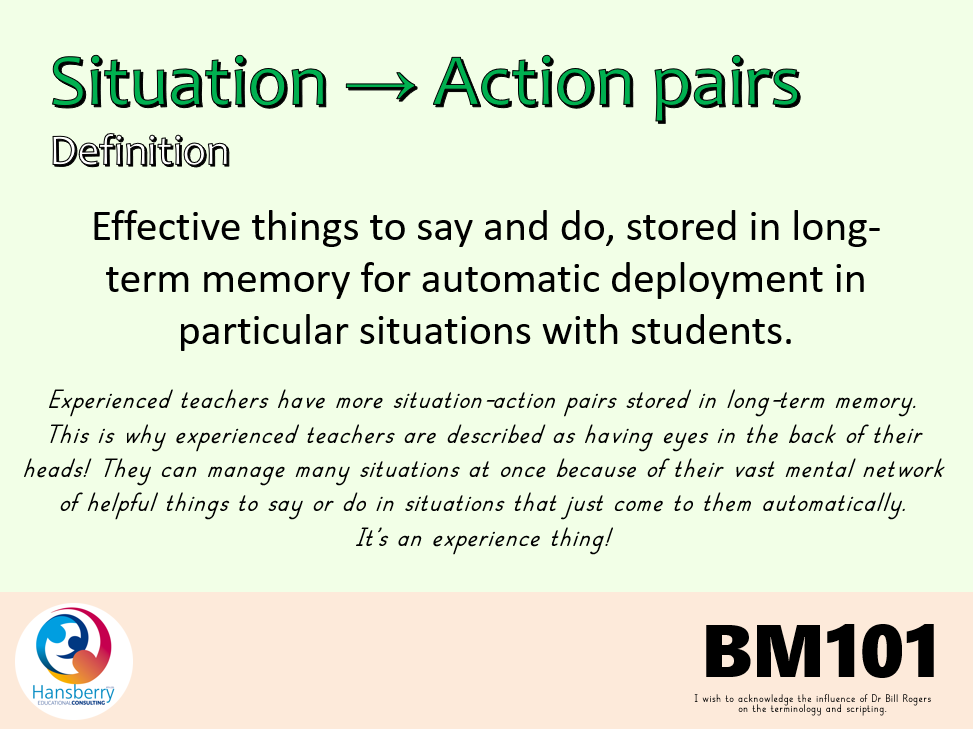

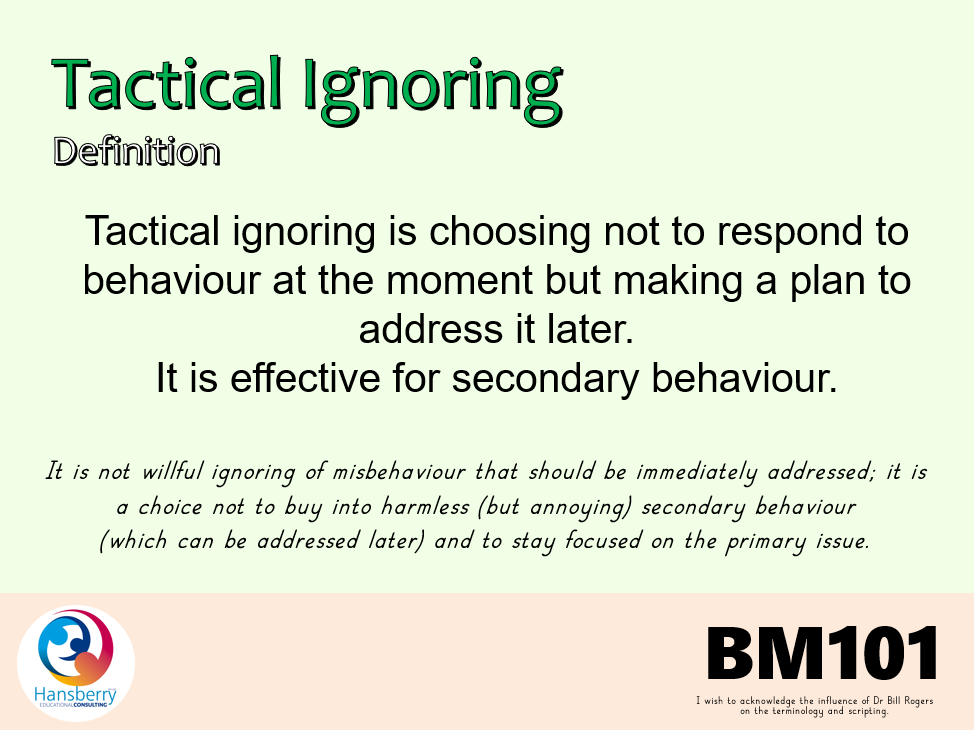

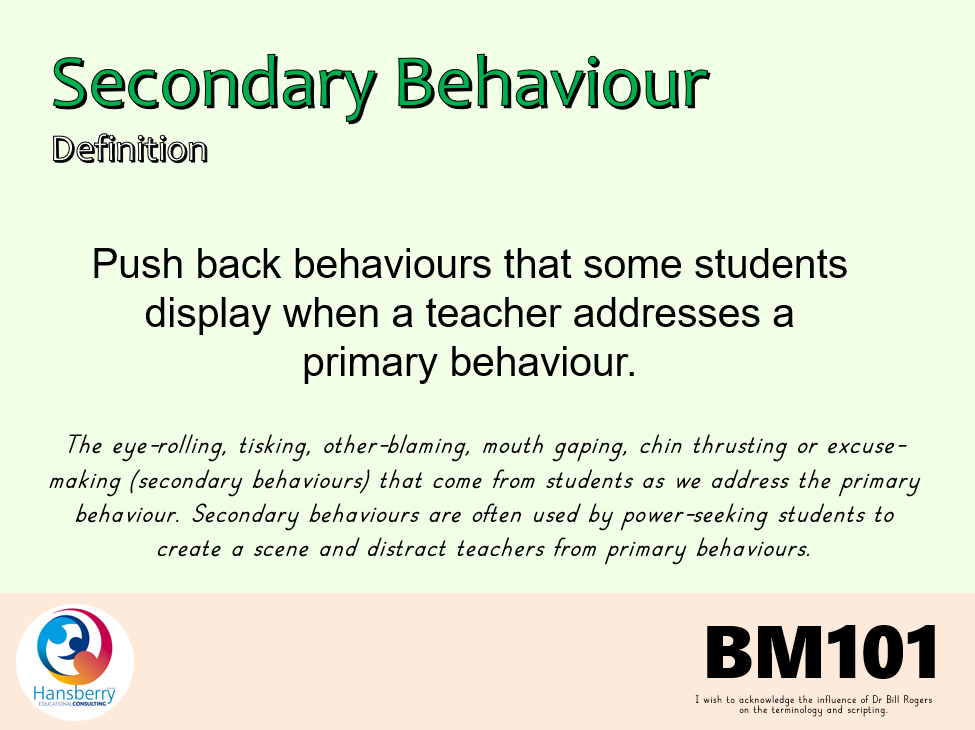

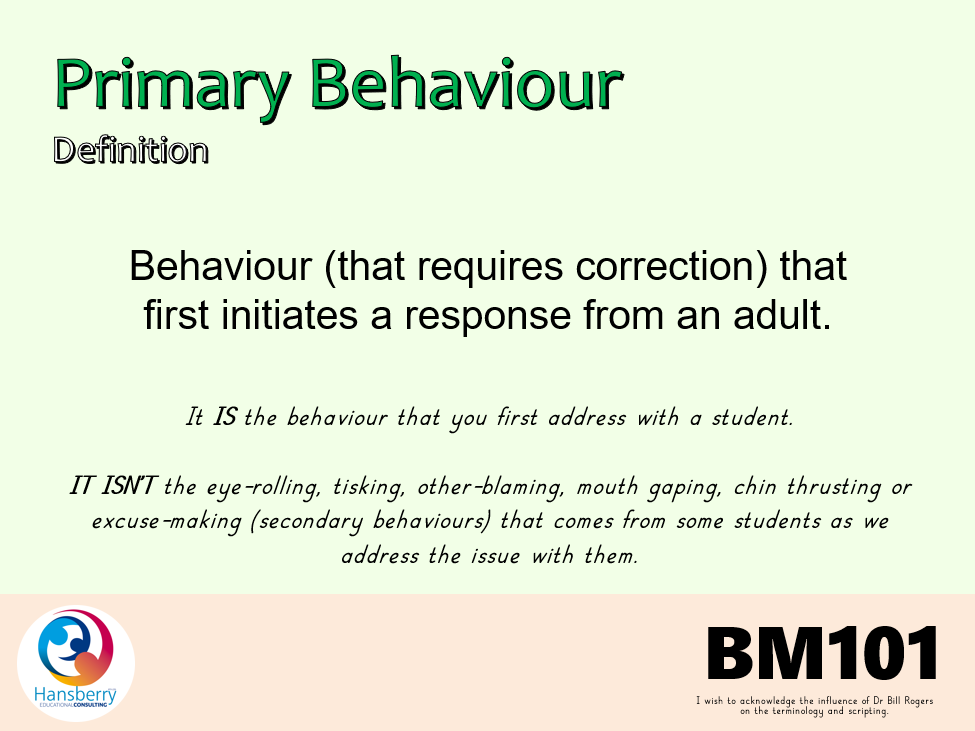

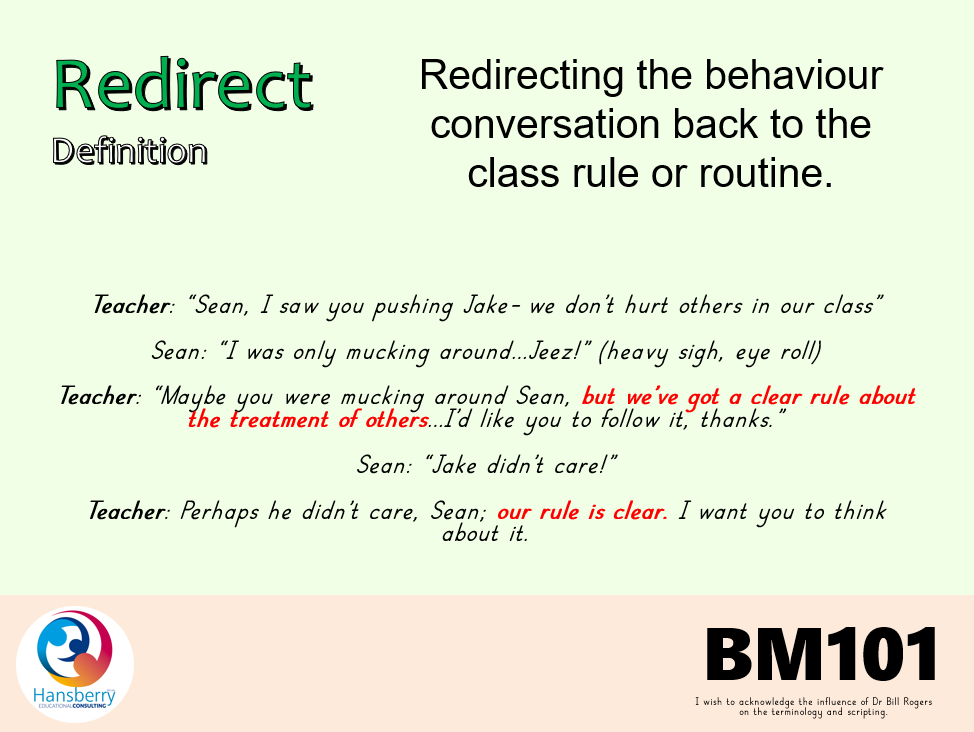

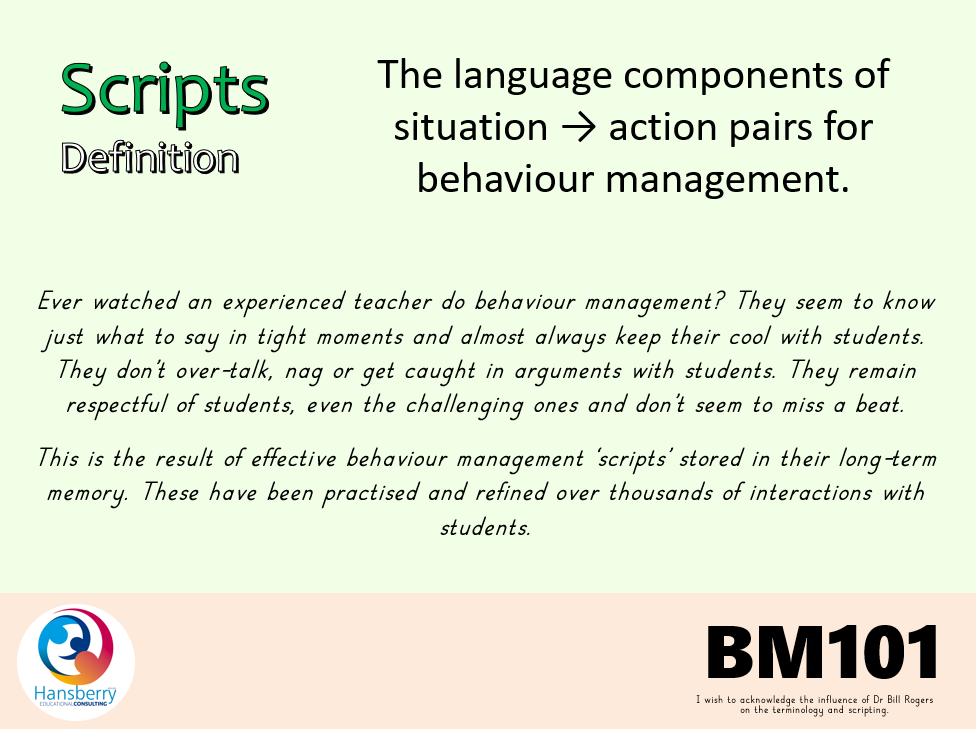

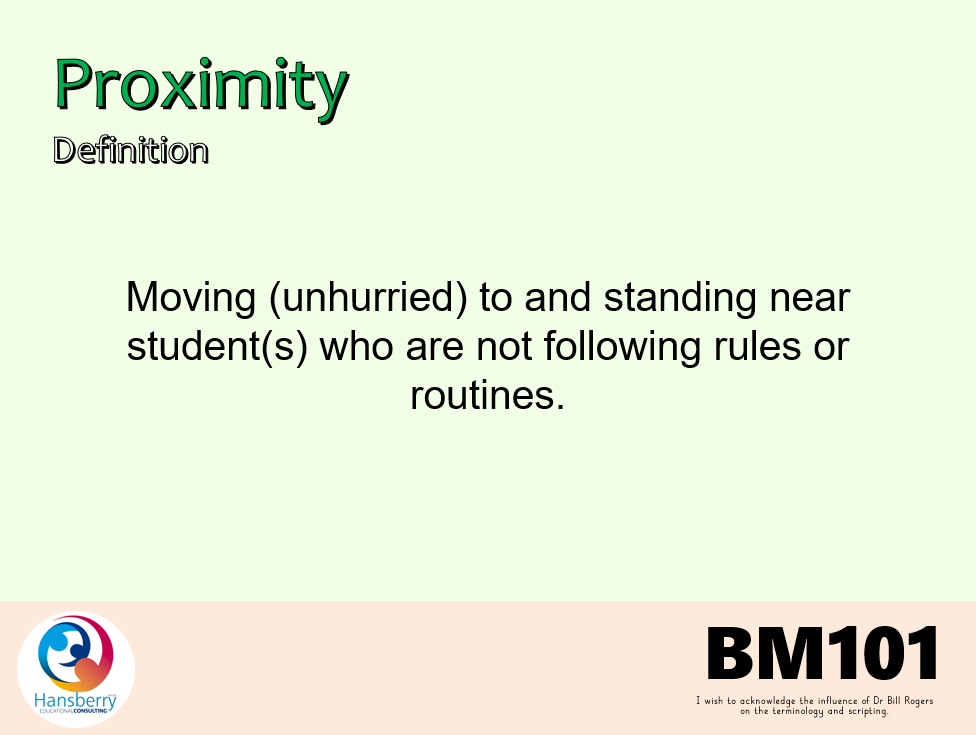



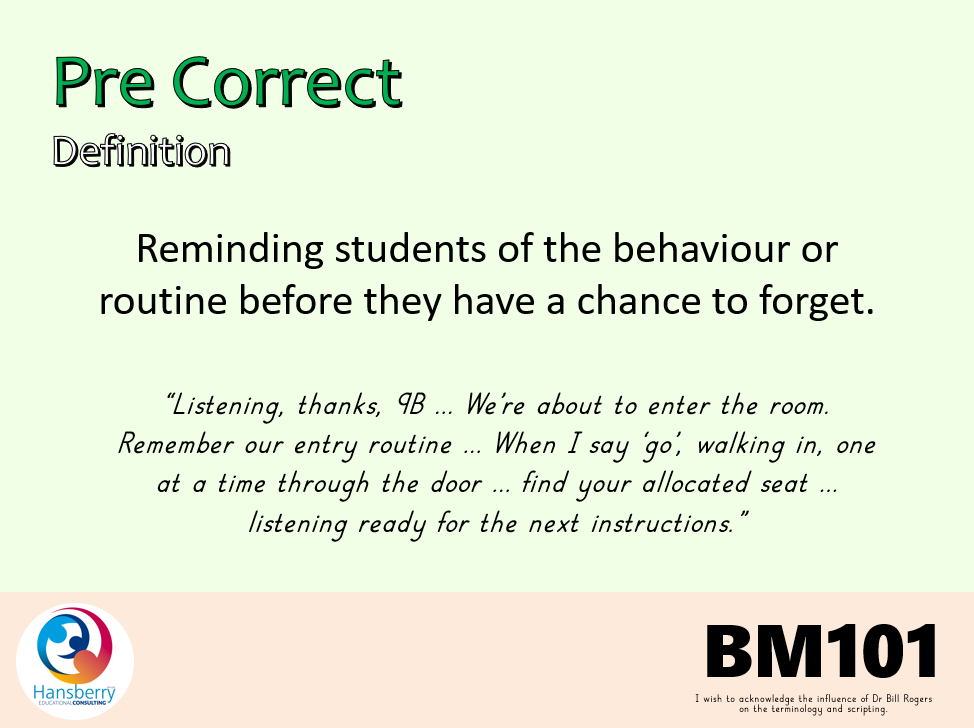

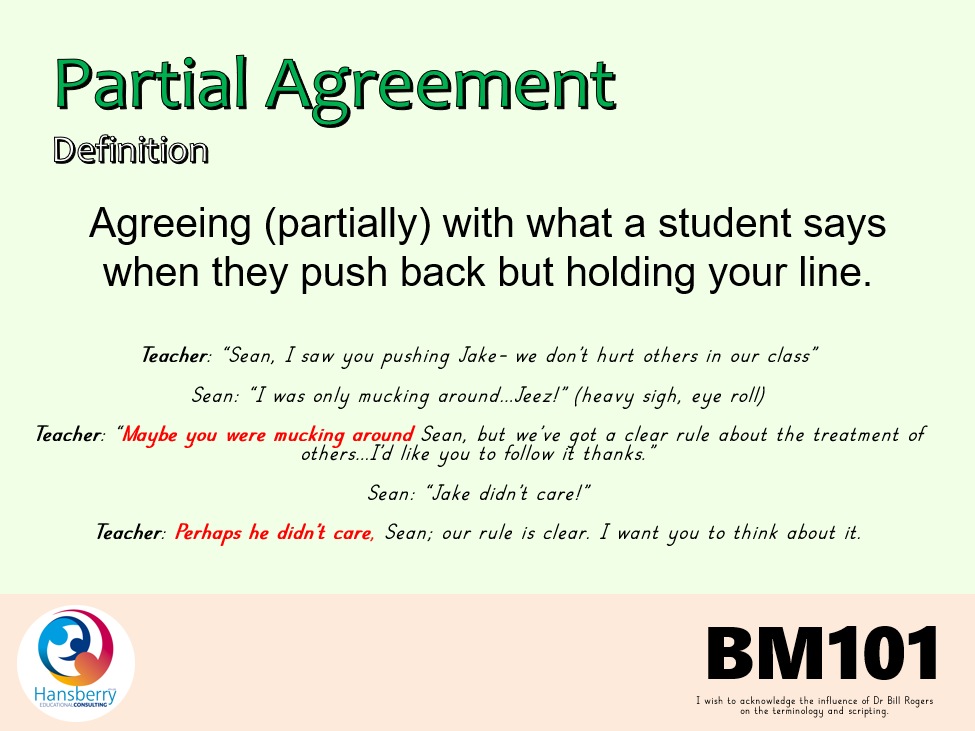

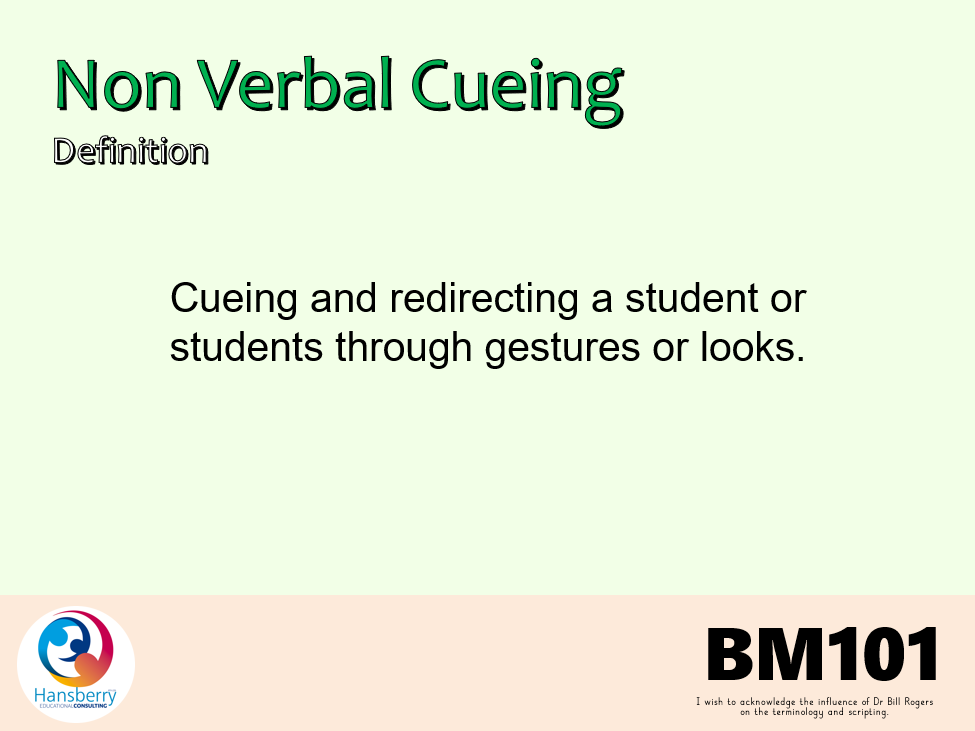

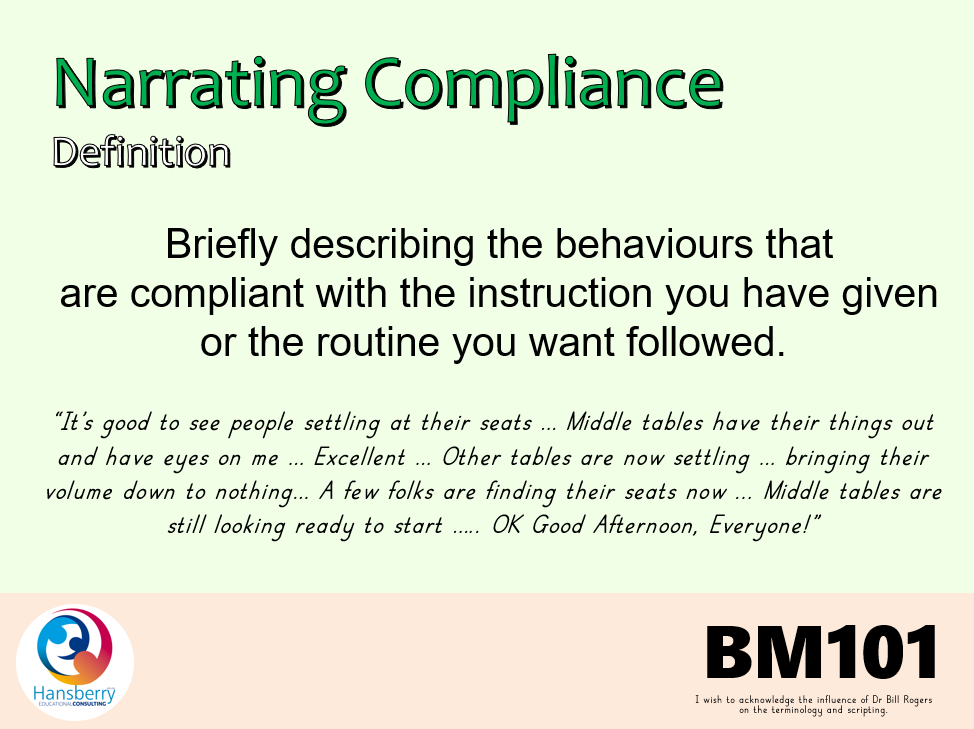

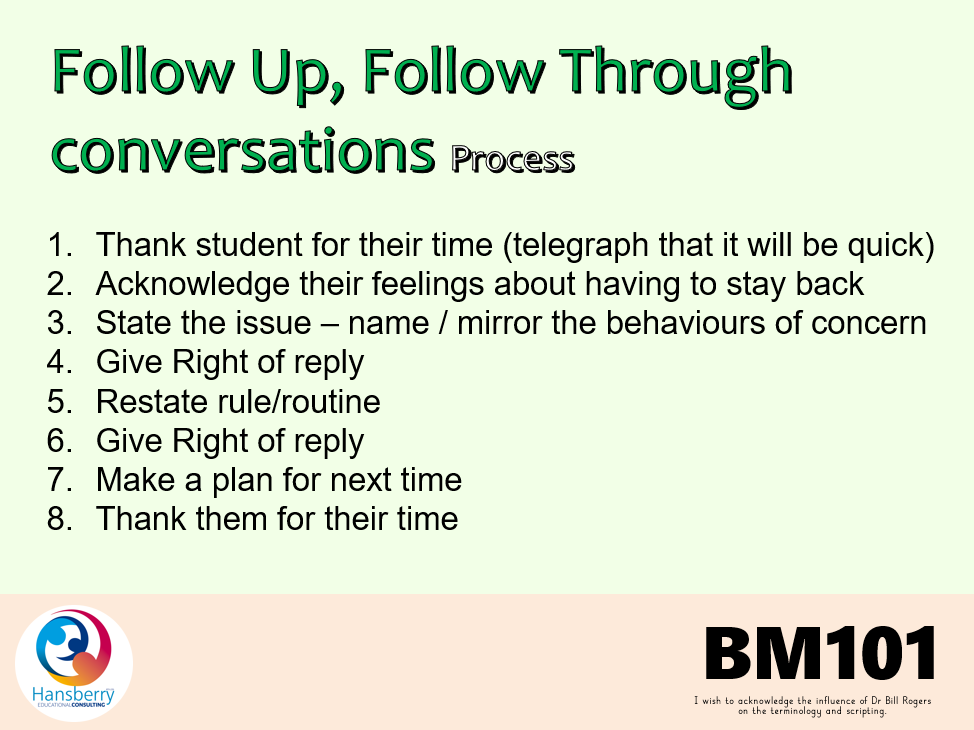

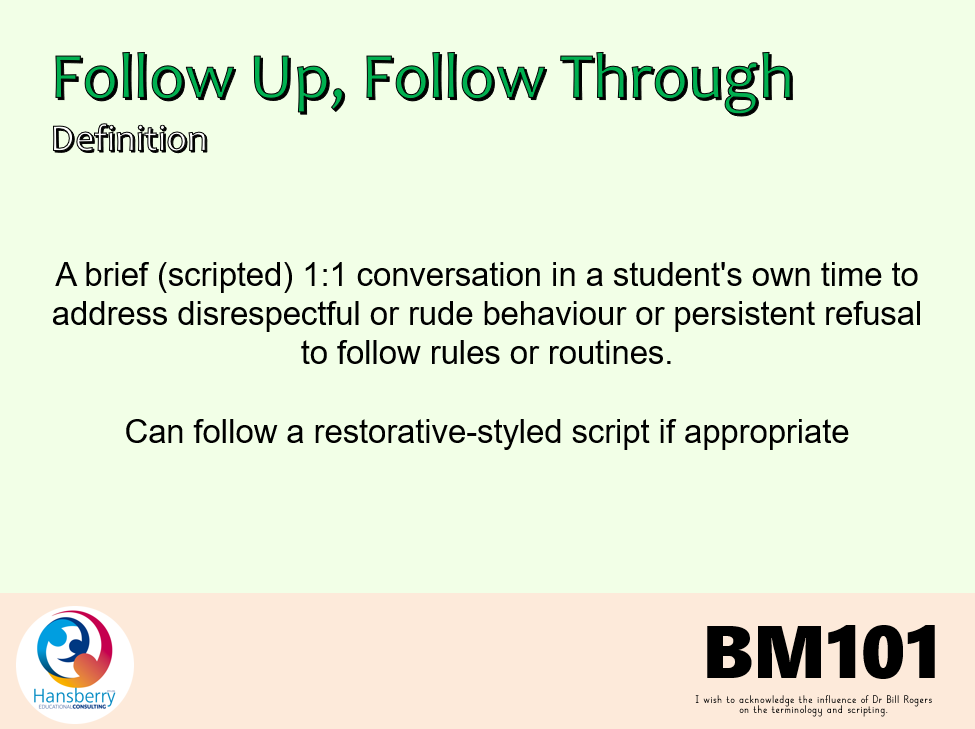

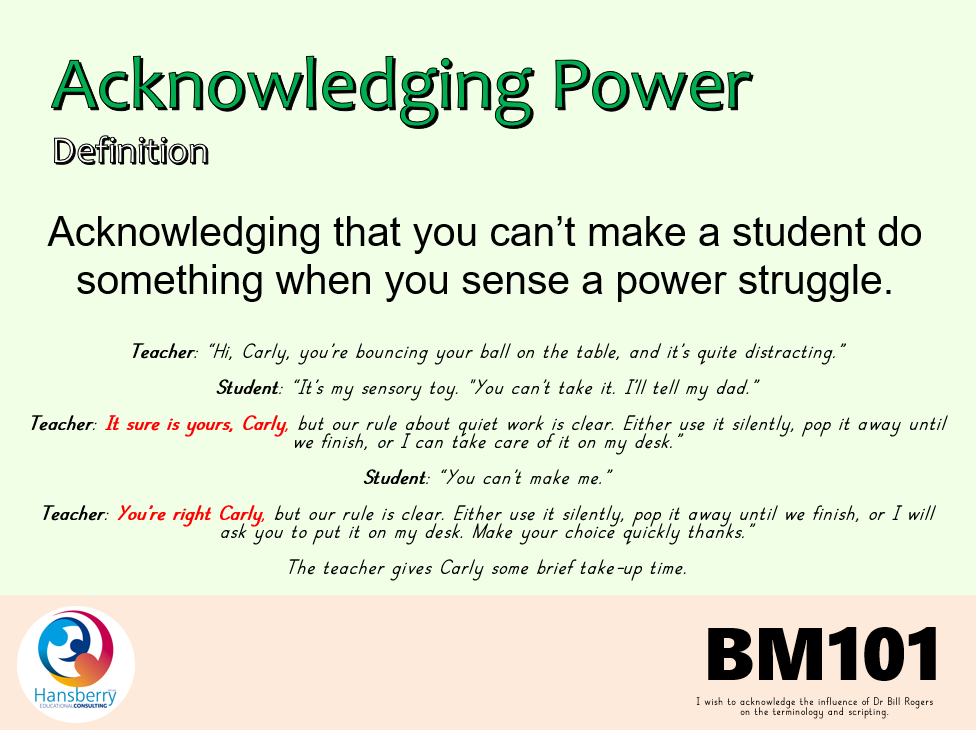

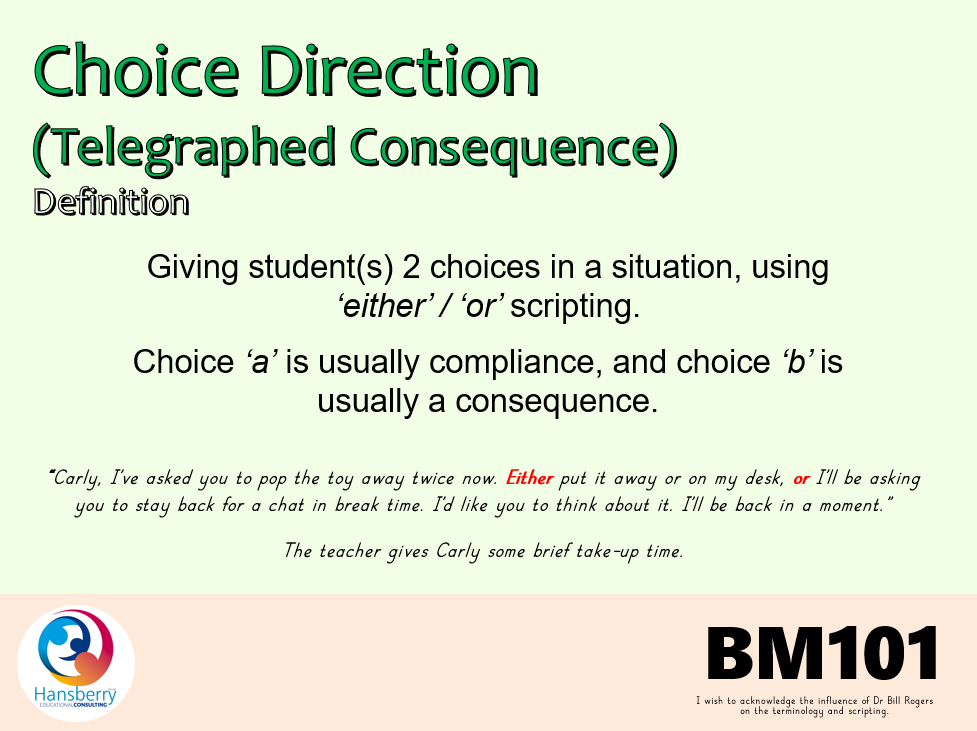

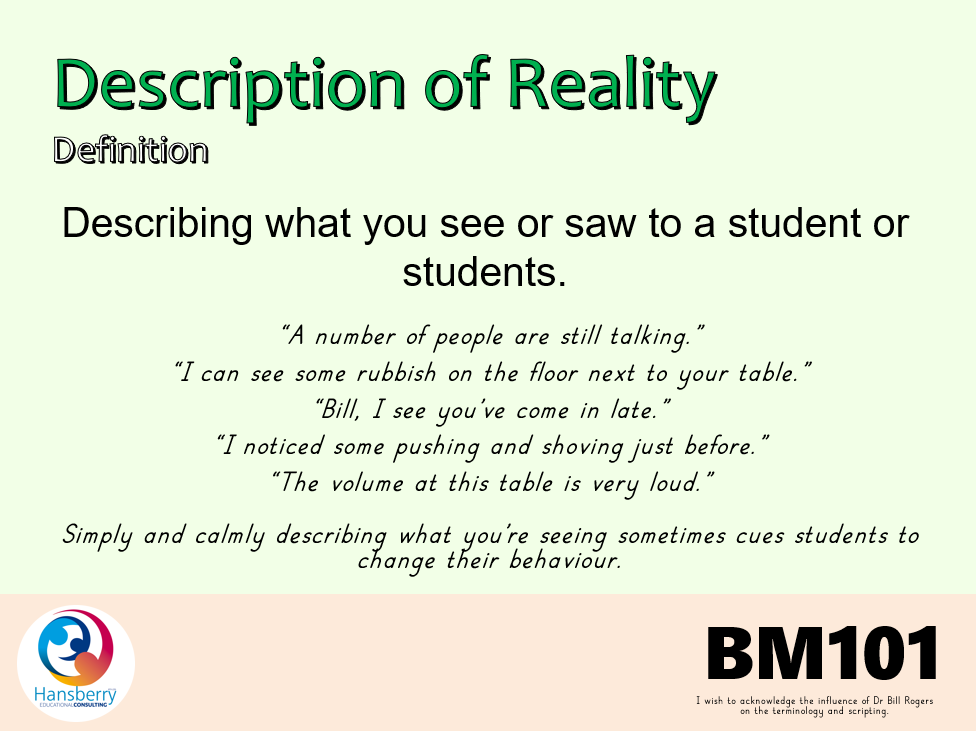



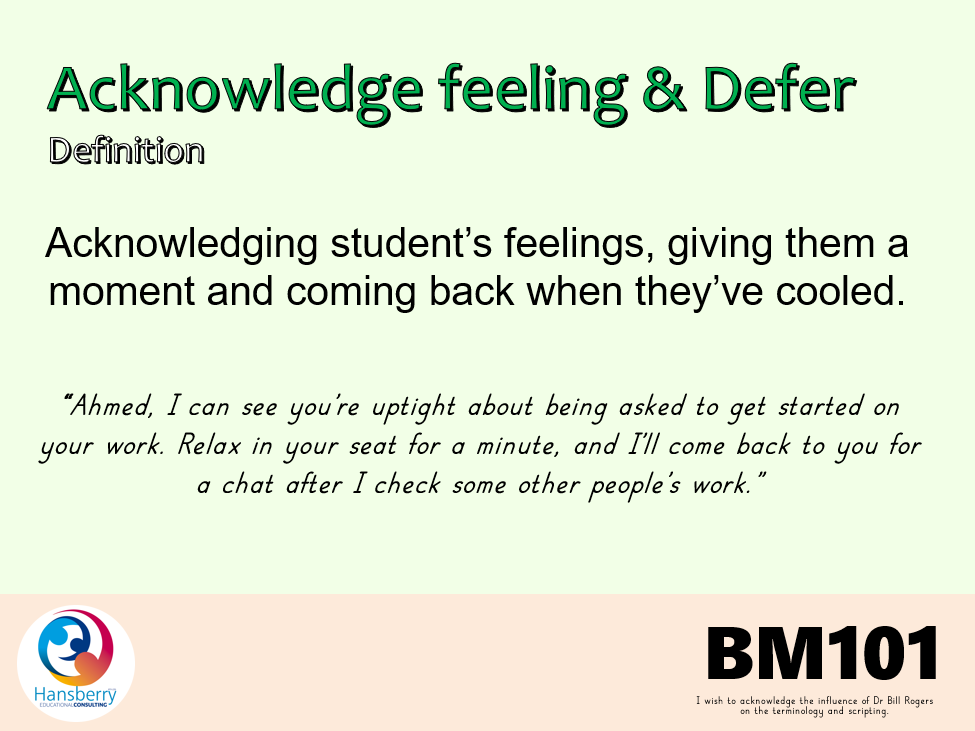

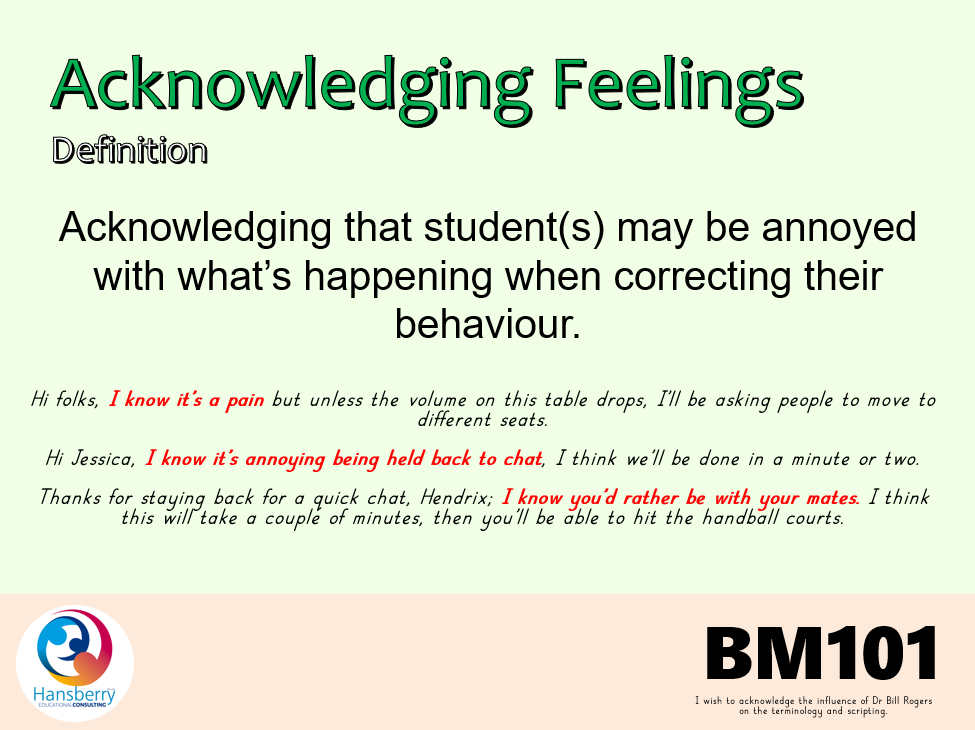

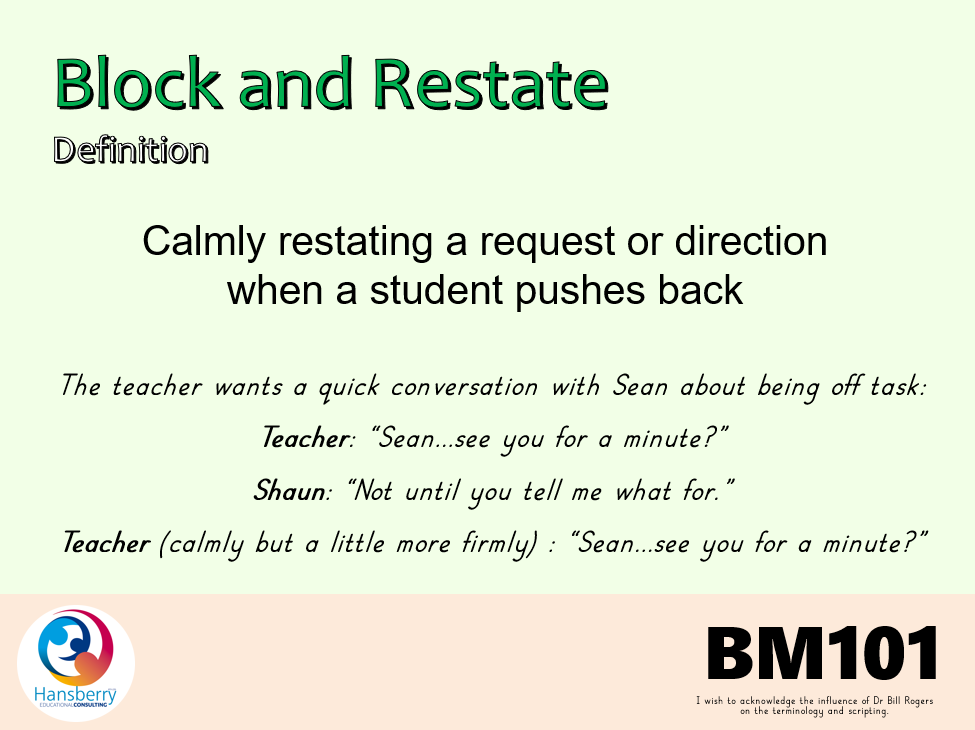
Comments